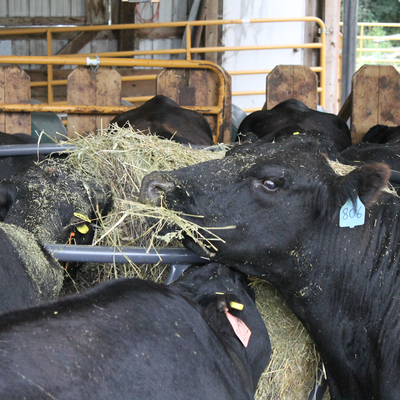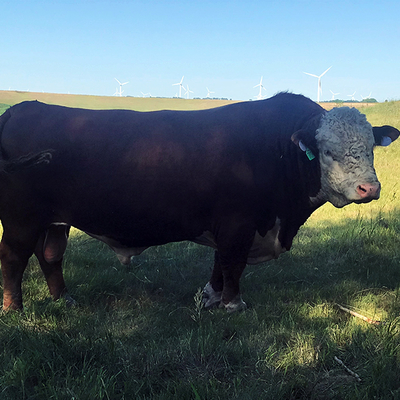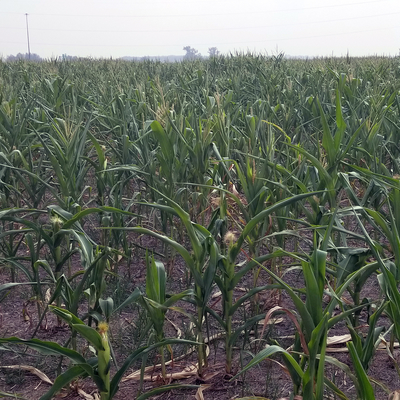Philip Abrahamson attended the very first University of Minnesota Extension Cow-Calf Days in 1973.
Beef news
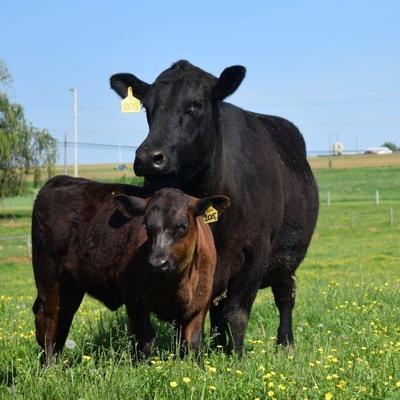
A survey of the state’s beef industry provides a better understanding of the needs of producers and their animals.
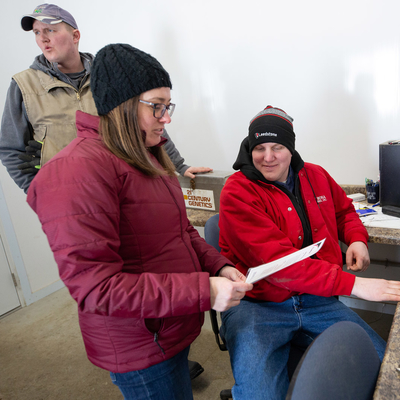
Study shows good governance, the ability to identify and develop talent, an orderly succession strategy, and “family gravity” are traits of successful family-owned businesses.
Hay is expensive, even if you make your own. Avoiding waste can mean you don’t have to buy hay or could mean you have excess hay you can sell. Either way, using your hay efficiently results in more money in the long run.
Handling livestock safely is crucial on any farm to prevent accidents, injuries, and fatalities. Bulls are some of the most dangerous animals on the farm and require strict safety measures.
Securing enough forage during a drought can be a challenge. But there are steps you can take to get the forage you need or stretch your current forage inventory.
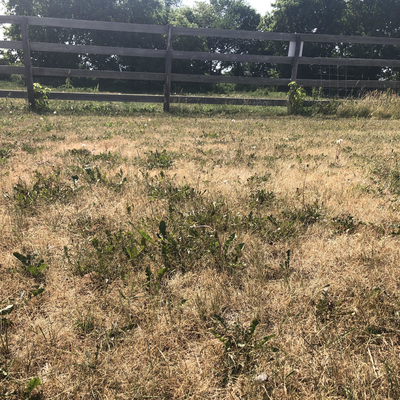
These 10 tips for managing drought-stressed cool-season grass pastures in the Midwest can help ensure pasture longevity and maximize growth when rainfall comes.
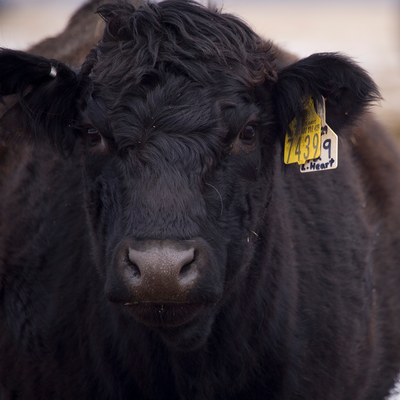
The Drug Residue Prevention Program (DRPP) helps prevent drug residues in milk and meat and promotes antibiotic stewardship in livestock.
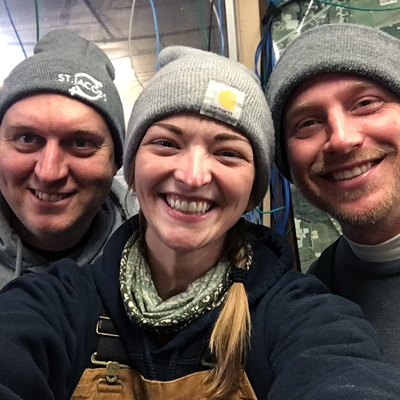
Extension’s cattle podcast, "The Moos Room," gets real about mental health on the farm for National Mental Health Awareness Month.
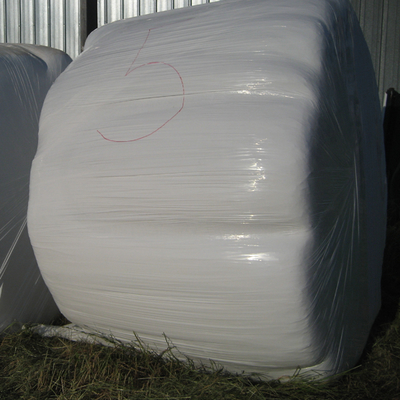
Maintaining storage facilities, keeping plastic free of holes and removing only the feed you need can help keep your forage drier and reduce losses over the course of the season.


